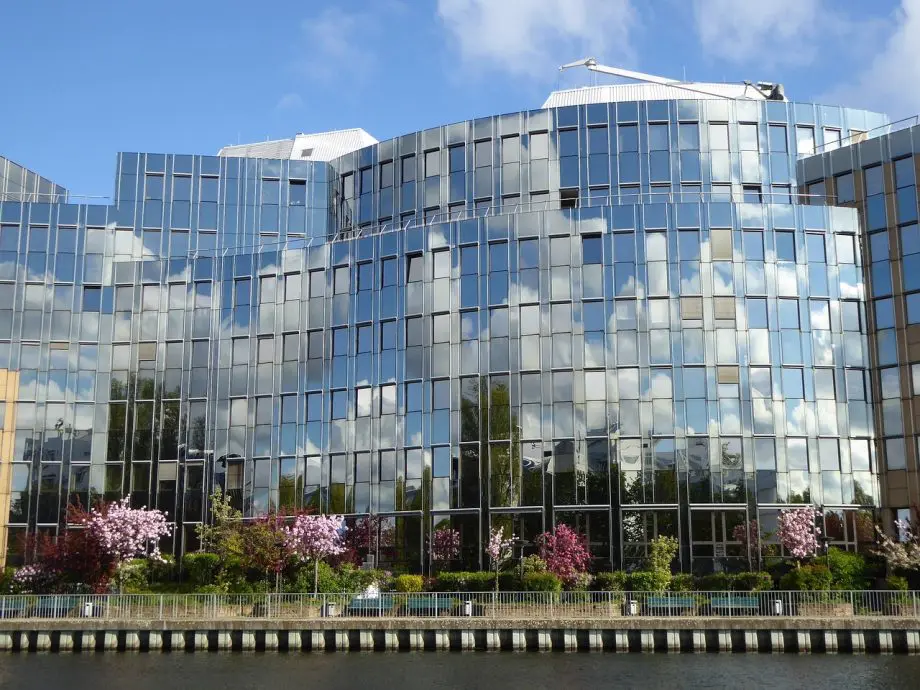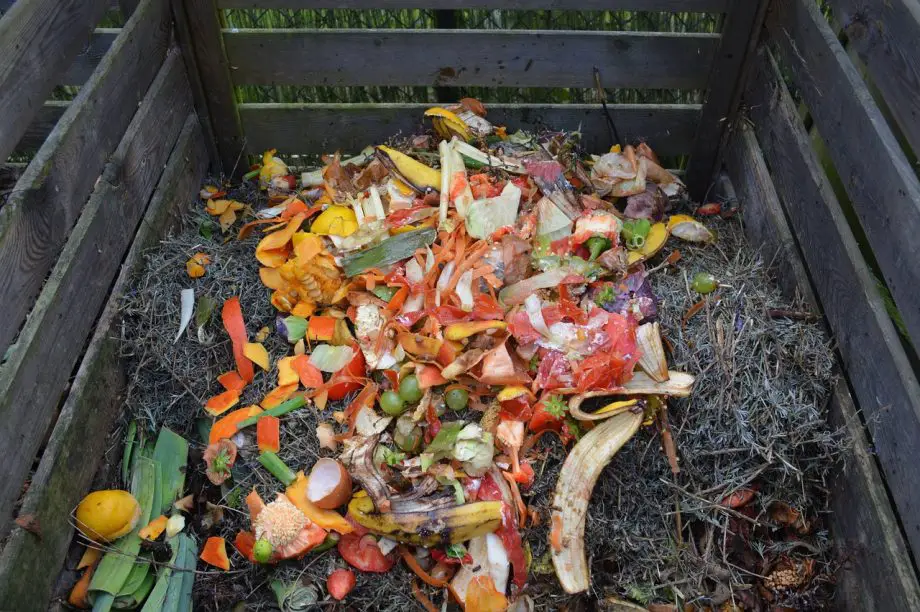
Dive into the world of sustainable urban living with us! Discover how cities are evolving to create greener, happier futures for everyone. Join the journey!
Sustainable urban living involves adopting eco-friendly practices in cities to reduce environmental impact, promote community well-being, and ensure long-term urban health and vitality.
Introduction to Sustainable Urban Living
Ever wondered what the buzz around sustainable urban living is all about?
It’s not just a trendy phrase. It’s a movement. A movement towards cities that breathe, thrive, and sustain.
Cities where every corner tells a story of innovation, green practices, and community spirit. Ready to explore this fascinating world with us?
In today’s rapidly urbanizing world, sustainable urban living is not just a trend but a necessity.
As cities burgeon, the challenges they face intensify, making sustainable practices imperative for a harmonious future.
The Importance of Sustainable Urban Living in Today’s World
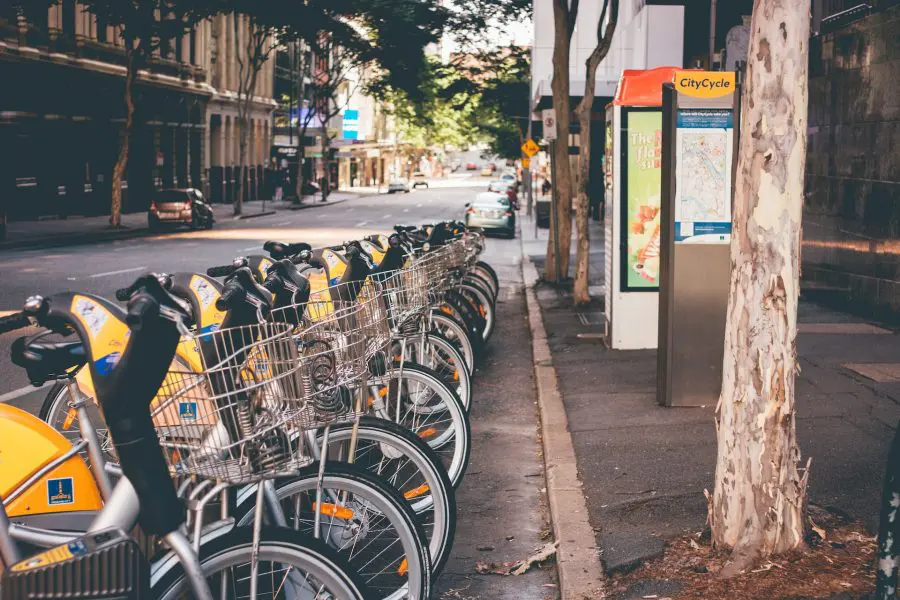
In an era marked by rapid urbanization, the significance of sustainable urban living has skyrocketed.
Cities, once seen as hubs of opportunity and progress, are now swelling at unprecedented rates.
With this growth comes a surge in environmental and social challenges.
As urban populations burgeon, the strain on resources intensifies, and the delicate balance between development and sustainability is tested.
The concrete jungles, with their skyscrapers and bustling streets, are now at the epicenter of global challenges, from climate change to social inequality.
Embracing sustainable urban living isn’t just a choice; it’s imperative to ensure that these urban havens remain vibrant, livable, and resilient for generations to come.
Challenges Faced by Urban Centers Worldwide
Cities, regardless of their location or size, are wrestling with a common set of challenges.
The air in many urban centers is thick with pollution, making every breath a potential health hazard.
Waste, once an afterthought, now piles up, with landfills reaching their brimming points.
The lights that once symbolized progress and development are now reminders of the escalating energy consumption and the pressing need for renewable alternatives.
Addressing these challenges isn’t just about ensuring a city’s survival. It’s about reimagining its future.
It’s about transforming these urban centers from problem hotspots into solution hubs, leading the charge toward a sustainable, harmonious future.
The Vision of Sustainable Cities
Picture a world where the hum of traffic is replaced by the rustling of leaves, where the gray of concrete gives way to the green of parks, and where the smoggy haze is replaced by clear blue skies.
This isn’t just a dreamer’s paradise; it’s the vision of sustainable cities. A vision that, with collective effort and innovation, is within our grasp.
Pollution-Free City Centers with Thriving Ecosystems:
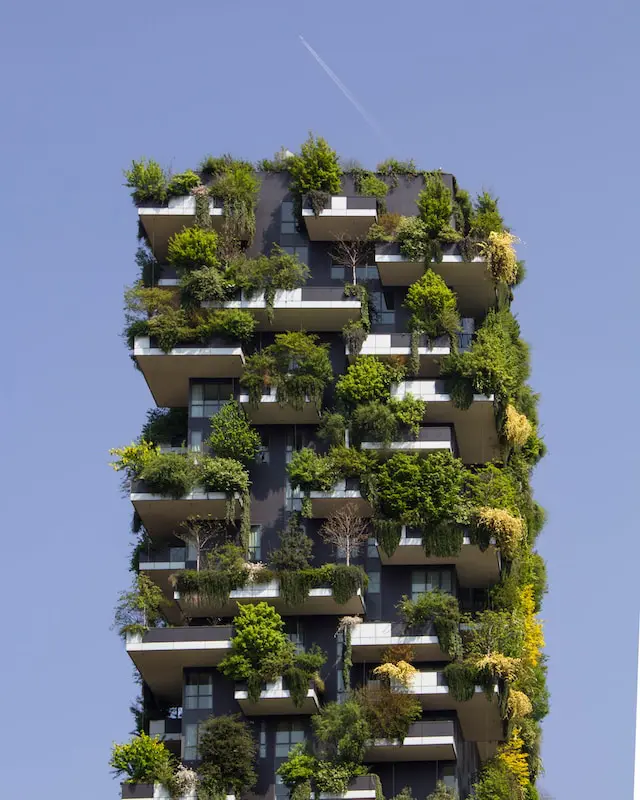
The heart of any city is its center, often bustling with activity and life. But in the sustainable city of the future, these centers are more than just commercial hubs.
They are sanctuaries of green, where nature and urban life coexist in harmony.
Streets lined with trees purify the air, while vertical gardens on buildings act as natural air conditioners.
Water bodies are not just aesthetic features but are integrated into the city’s water management system.
In this vision, the city center isn’t just free from pollution; it’s a thriving ecosystem that supports both human and natural life.
The Global Race to Sustainability:
Across the globe, cities are waking up to the call of sustainability. Some, with their innovative practices and policies, have emerged as frontrunners, setting benchmarks for others to emulate.
Places like Amsterdam, with its extensive bike networks, or Reykjavik, with its geothermal energy, are shining examples.
However, the race is far from over. Many cities, especially in regions like the U.S., are still in the early stages of their sustainability journey.
They face the dual challenge of retrofitting old infrastructure and instilling a culture of sustainability among their residents.
But with determination, collaboration, and a clear vision, these cities can join the ranks of global sustainability leaders.
Key Characteristics of Sustainable Cities

Features of sustainable urban living
A sustainable city is one designed to address social, environmental and economic impact through urban planning and city management. Many sustainable initiatives are achieved by building eco-friendly alternatives into city infrastructure, such as adopting walk and bike lanes. Regulations and fines can also achieve change: waste removal orders have proven to reduce landfill waste. From The Zebra
For a city to be truly sustainable, it must weave a tapestry of eco-friendly practices and innovations into its very essence, ensuring every aspect of urban life contributes to a greener future.
Public Transportation:
The heart of a sustainable city beats with its public transportation. Reducing vehicular pollution is not just about clean air; it’s about creating a city where people can move freely without the shackles of traffic.
Sustainable cities champion efficient public transportation systems, from electric trolleybuses that hum through the streets to underground railways that connect distant neighborhoods in minutes.
Walkable and Bikeable Neighborhoods:
Imagine streets where children play, cyclists glide by, and pedestrians stroll without a care.
Encouraging non-motorized modes of transport doesn’t just reduce a city’s carbon footprint; it rejuvenates urban spaces.
Infrastructure that promotes walking and biking transforms concrete jungles into vibrant communities.
Vehicle Charging Stations:
![]()
The future is electric! As electric vehicles zoom into popularity, cities must be ready with open arms (and charging ports).
Setting up charging stations isn’t just about facilitating EVs; it’s about signaling a city’s commitment to a cleaner, greener future.
Solar Farms:
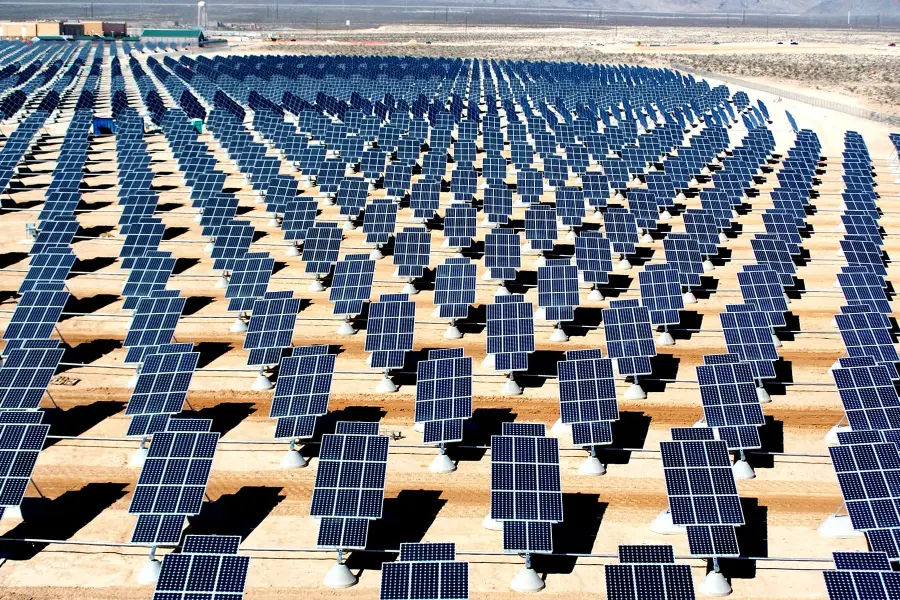
Sunlight isn’t just for suntans; it’s the future of energy. Transitioning to renewable sources, especially solar, is like giving cities a pair of lungs.
Solar farms not only promise cleaner air but also drive energy independence, reducing a city’s reliance on non-renewable sources.
Green Buildings:
A sustainable city’s skyline is dotted with green buildings. These architectural marvels, built with energy efficiency and environmental friendliness in mind, act as sentinels of sustainability, drastically reducing a city’s emissions and energy consumption.
Food Production:
What’s fresher than veggies from your rooftop? Urban farming and sustainable agriculture practices turn gray terraces into green farms.
This not only reduces the carbon footprint associated with transporting food but also ensures residents have access to fresh, local produce.
Accessible Public Resources:

A city is only as strong as its community. By providing residents with essential resources, from health centers that ensure well-being to tech hubs that drive innovation, cities lay the foundation for a sustainable, thriving urban community.
Water Conservation:
In a world where clean water is gold, sustainable cities are the alchemists.
Effective water management practices, like rainwater harvesting and wastewater recycling, ensure that every drop is used, reused, and cherished.
Public Green Spaces:
Green spaces are the oases of urban deserts. Parks, trails, and greenways are more than just patches of green.
They’re spaces where residents can breathe, relax, and reconnect with nature, acting as the city’s lungs and soul.
Waste Management:
In sustainable cities, waste isn’t wasted. Adopting circular waste management practices ensures that what’s discarded gets a second life.
Whether it’s through recycling, composting, or converting waste into energy, sustainable cities ensure that waste contributes to the city’s vitality rather than its decline.
The Role of Urban Resource Management
Urban resource management is the backbone of sustainable cities, ensuring that resources are used efficiently and sustainably.
Managing urban resources is a complex task, given the myriad challenges cities face.
Innovative strategies, from green infrastructure to waste-to-energy technologies, can help cities achieve sustainability goals.
The Global Perspective
Sustainability knows no borders. It’s a universal endeavor, uniting cities across continents in a shared mission.
While some cities have emerged as pioneers, lighting the path with their innovative practices, others are on a journey of learning, adapting, and evolving to craft a sustainable urban future.
Cities Worldwide Setting the Benchmark:
From the bike-friendly streets of Copenhagen to the green rooftops of Singapore, cities around the globe are embracing sustainability with open arms.
These urban centers are not just adopting sustainable practices; they’re setting the gold standard.
They serve as living laboratories, showcasing the art of the possible, and inspiring other cities to take bold steps towards a greener future.
Their stories of transformation, resilience, and innovation offer valuable lessons and blueprints for sustainable urban development.
The U.S. and the Sustainability Ladder:
The U.S., with its sprawling metropolises and iconic skylines, has been a beacon of urban development for decades.
However, when it comes to sustainability, there’s room for growth.
While cities like Portland and San Francisco are making commendable strides, many American urban centers are still finding their footing on the global sustainability ladder.
The challenge is twofold: retrofitting older infrastructure with sustainable technologies and fostering a culture of sustainability among residents.
But with determination, innovation, and collaboration, the U.S. has the potential to rise in the global sustainability rankings, transforming its cities into green havens of the future.
FAQs on Sustainable Urban Living
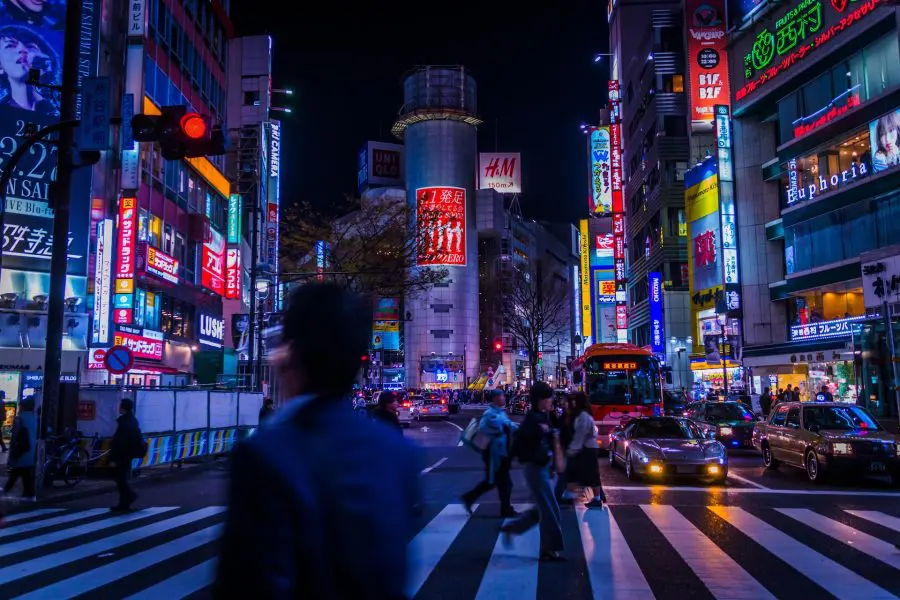
Navigating the intricate maze of sustainable urban living can spark a flurry of questions.
From understanding the core concepts to unraveling the strategies cities employ, there’s a lot to digest.
In this section, we’ll tackle some of the most frequently asked questions, shedding light on the nuances and intricacies of creating sustainable urban landscapes.
Q: What is the concept of urban resource management?
A: It refers to the efficient and sustainable management of urban resources, from water to waste, ensuring cities remain livable and environmentally friendly.
Q: How can cities become more resource-efficient?
A: By adopting sustainable practices, from green infrastructure to renewable energy sources, and promoting resource conservation among residents.
Q: Why is urban metabolism important for sustainable cities?
A: Urban metabolism studies the flow of resources in cities, helping urban planners design more sustainable and efficient urban systems.
Q: What are the challenges of managing resource flows in urban areas?
A: Challenges include waste management, water scarcity, energy consumption, and the environmental impact of urban activities.
Q: What is meant by sustainable urban living?
A: It refers to a lifestyle that minimizes environmental impact in urban settings, emphasizing resource conservation, green practices, and sustainable development.
Q: What are the strategies for sustainable urban living?
A: Strategies include promoting public transportation, green building practices, renewable energy adoption, waste reduction, and water conservation.
Q: Which of the following are examples of sustainable urban living?
A: Examples include using public transport, living in energy-efficient homes, practicing urban farming, and participating in community recycling programs.
Q: What are the 3 parts of urban sustainability?
A: The three pillars are environmental sustainability, economic sustainability, and social sustainability.
Conclusion
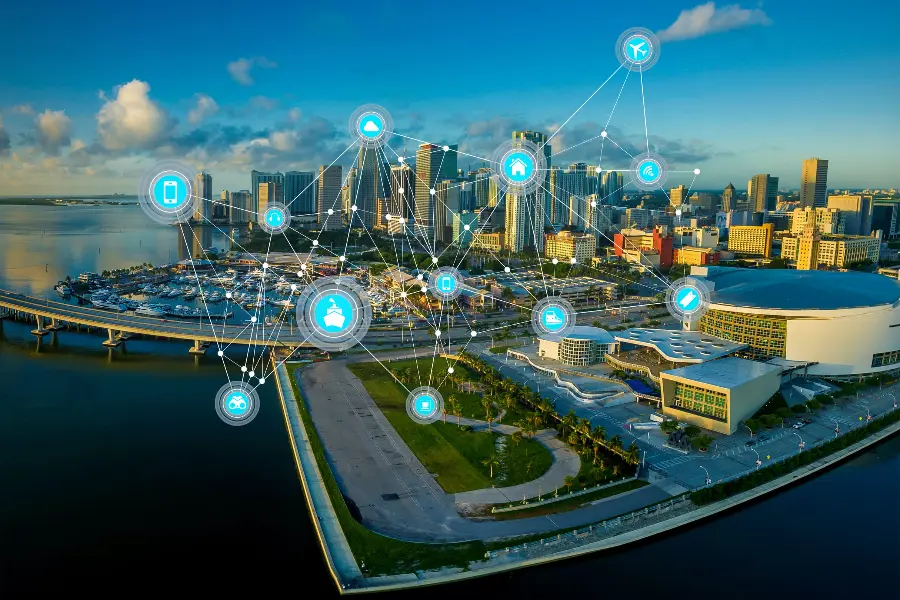
Sustainable urban living is more than just a trend. It’s a necessity for the future of our planet.
As cities continue to grow, integrating sustainable practices will ensure they remain vibrant, livable, and harmonious for generations to come.
The Interconnectedness of Urban Systems
Every aspect of a city, from its transportation networks to its energy sources, is interconnected.
When one system adopts sustainable practices, it can create a ripple effect, influencing other systems to do the same.
For instance, a city that prioritizes public transportation not only reduces traffic congestion but also lowers its carbon footprint, improves air quality, and enhances the overall quality of life for its residents.
This interconnectedness means that every sustainable choice, no matter how small, can have a significant impact on the broader urban ecosystem.
The Role of Community in Sustainable Urban Living
At the heart of any city is its community. Residents play a crucial role in driving sustainable practices.
Whether it’s by supporting local green initiatives, participating in community gardens, or advocating for sustainable policies, the collective actions of a community can shape the sustainability trajectory of a city.
Moreover, when residents are educated and informed about the benefits of sustainable urban living, they become active participants in creating a greener, more sustainable future for their city.
In essence, sustainable urban living is a collective endeavor. It requires the collaboration of policymakers, urban planners, businesses, and most importantly, the community.
Together, we can pave the way for cities that are not only sustainable but also thriving hubs of innovation, culture, and community.




